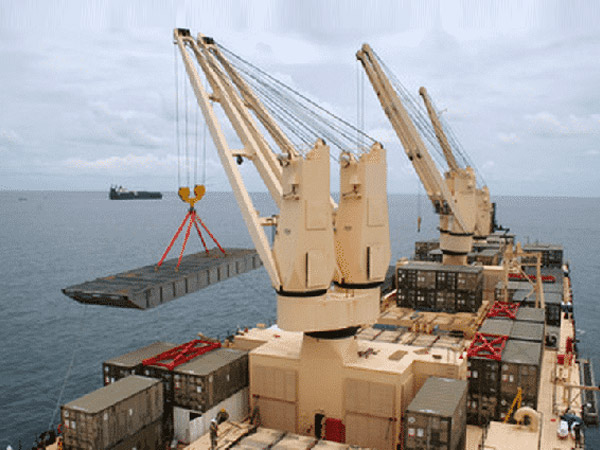A Brief Introduction to Robot Bearings
In recent years, with the continuous development and improvement of technology, robots have been widely used in industrial and manufacturing fields. As one of the key parts of robots, robot bearings have played a key role in the operation of robots.
First, common bearing requirements for robots
1. Can withstand the axial, radial, overturning and other integrated loads.
2. Small size and lightweight.
3. It must have the technical characteristics of high load, high slewing accuracy, high running stability, high positioning speed, and high repeat positioning accuracy.
4. It can meet the characteristics of long life, low friction torque, high reliability.
Because of the particularity and complexity of the robot’s working environment, bearings that meet the above requirements must be required to fit in the robot to ensure safe use.

Second, the robot commonly used bearings
Due to technical requirements and environmental influences, the development of modern industrial robots has become lighter, which requires that the supporting bearings have a more lightweight structure. Bearings must meet the performance requirements of industrial robots on bearing capacity, accuracy, stiffness, and frictional torque within a limited installation space. It is difficult to meet this requirement with standard general-purpose bearings. At present, there are two major types of bearings commonly used on robots. One is a thin-walled bearing of the same cross-section, and the other is a cross cylindrical roller bearing.
1.Equal-section thin-wall bearings
Equal-section thin-walled bearings are different from ordinary bearings in that their cross-sections are mostly square in size and their dimensions are designed to be fixed. In the same series, the cross-sectional dimension is constant, and it does not increase with the increase of the inner diameter, so it is called a constant-section thin-wall bearing. Equal-section thin-wall ball bearings include thin-wall four-point contact ball bearings, thin-wall angular contact ball bearings, and thin-wall deep groove ball bearings. They are mostly used in the waist, elbow, and wrist parts of industrial robots. In the case of the same internal diameter, thin-walled ball bearings with more sections have more steel balls than standard rolling bearings, so the internal force distribution of the bearing is improved, the elastic deformation at the contact between the steel ball and the channel is reduced, and the bearing’s Carrying capacity.
2. cross cylindrical roller bearings
The internal rollers of the cross cylindrical roller bearings are arranged at 90 ° perpendicular to each other. A single bearing can simultaneously bear the combined effects of radial force, axial force and overturning moment. A cage is installed or isolated between the rollers The block can prevent the inclination of the rollers or the mutual grinding between the rollers, and effectively prevent the increase of the friction torque. In addition, the rollers are arranged in a vertically crossed arrangement to avoid the locking of the rollers. At the same time, because the inner and outer rings of the bearing are divided, the gap can be adjusted, and even if pressure is applied, high rotation accuracy can be obtained. Crossed roller bearings are widely used in industrial robots for waist rotation, articulated robot shoulders, arms, wrists and other rotating parts due to their light composite structure, high turning accuracy, good rigidity, and stable friction torque.
Robot bearings must not only ensure sufficient bearing capacity but also require precise positioning and flexible operation. Therefore, bearing design analysis must consider a number of indicators for optimal design. In addition to the above two kinds of bearings, there are harmonic reducer bearings, linear bearings, articulated bearings, etc. in the robot, but mainly used are thin-walled bearings and thin-walled cross roller bearings of equal cross-section.



